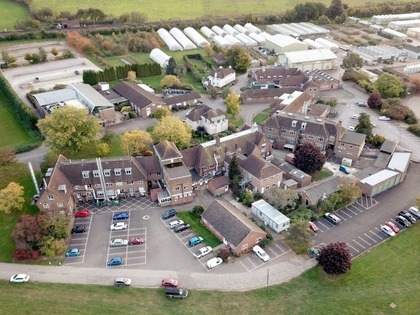
The Advanced Technology Horticultural Zone will comprise new science buildings including the multi-million pound development of four state-of-the-art glasshouses, an energy centre and other related facilities and infrastructure.
The glasshouses will incorporate high-tech imaging, robotics, precision irrigation rigs, research-standard LED lighting and CO2 systems to help scientists make advances in horticultural agronomy.
Scientists at NIAB EMR will use the new glasshouses to increase sustainable yields through novel production systems, new varieties, improve plant health and resistance to disease.
Improved range of research
The glasshouses will also improve the range of the research NIAB EMR is able to do. Will facilitate the implementation of new systems and science-based digital tools that aren't possible in the existing buildings and enable more accurate research than under field trial conditions.
Welcoming the decision, Professor Mario Caccamo, Managing Director of NIAB EMR, said: "This is a major step forward in us delivering on our promise to continue world-class research, innovation and advances for the UK's horticultural industry".
"There's been a centre of plant research excellence at East Malling for more than a century and the opportunity to develop a modern scientific infrastructure will ensure our scientists will have the world-class facilities to retain and further strengthen our national and international capabilities.”
Excellent facilities
Expected to generate in excess of £2.3m of additional research and design spend in the region, the campus will support scientific advancements and development of new technology-based systems for the horticulture industry. It will also create growth and new jobs throughout the industry and safeguard existing ones at the site.
Oliver Doubleday, Chairman of East Malling Trust, added: "The existing research campus facilities and infrastructure are in need of upgrading to ensure their future scientific and commercial relevance. We have taken the decision to accelerate the investment in Phase 1 to ensure Kent remains at the cutting edge of research and innovation. This will help our scientific community secure public and private sector funding by having access to excellent facilities.
"Once complete the campus will replace buildings that are no longer suitable and will quadruple the current laboratory and office space."
